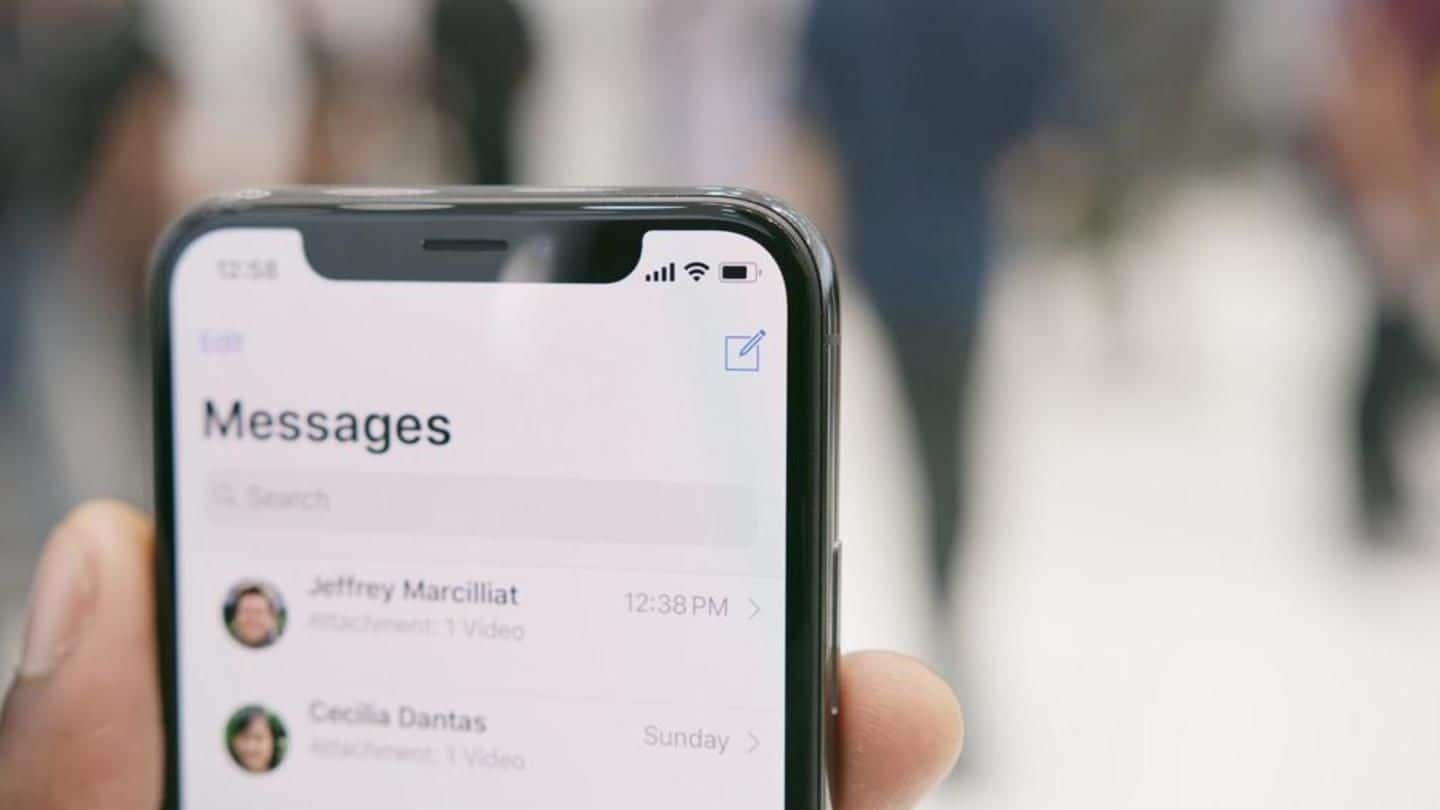
Was the infamous 'notched' display a necessity?
What's the story
We're all familiar with the rather infamous 'notch' by now. For those who aren't aware, it was popularized by the iPhone X as part of Apple's attempts to make a bezel-less phone with an edge-to-edge screen. The result, however, was a black cut-out on the top of the screen that was received with much surprise, intrigue, and ridicule. Was the notch needed? We decode.
Differentiation
The notch made the iPhone X stand out
An edge-to-edge screen is integral to Apple's ambition to create futuristic phones, and the iPhone X is a testament to Apple's efforts in that direction. Yet, if Apple wasn't ready for a truly edge-to-edge screen phone, why did it go for a half-baked notch? Simple: product differentiation - the iPhone X stood starkly out from the competition because of the visually distinctive notch.
Copying
The notch soon made its way to Android devices too
Despite the initial criticism, Android device makers soon started copying the notch, thereby making the iPhone X's design commonplace. The need to adopt the notch was not so much about functionality, but rather it was to eliminate everything on the front-end of phones to present a seamless sheet of glass. These device manufacturers stated that the notch was what "users want". But, did they?
Users' opinions
The notch came with several interface issues
The visual distraction apart, the notch came with a whole host of interface issues despite Apple's efforts to optimize the experience. These include the scroll bar disappearing behind the notch in landscape mode, websites having white bars to prevent content being hidden by the notch, a section of the screen being blocked out while playing games etc. These, obviously, didn't sit well with users.
No alternatives?
Was the notch really required or was it premature?
So far, we've established that the notch was primarily a move to make the iPhone stand out at a time when making a bezel-less phone was technologically impossible. Further, it didn't sit well with all users in terms of functionality. Of course, the oomph factor was always there with the notch, but could Apple have waited it out till it developed bezel-less screen technology?
Alternatives
But, there were alternative ways to get a bezel-less screen
Evidently, bezel-less screens were just around the corner - a fact that was demonstrated by the OPPO Find X and Vivo Nex. While these phones adopted an unorthodox way to get a bezel-less screen with mechanical camera sliders, the fact remains that they actually achieved a bezel-less screen and bypassed the notch. Could Apple have adopted a similar innovative approach to bezel-less screens? Possibly.
Verdict
The world could definitely have lived without the notch
Thus, it seems like the notch wasn't really a necessity as far as pushing the boundaries of phone technology is concerned. Given this fact, it'd be apt to say that Android device makers did themselves and the world a disservice by slavishly imitating the notch, whereas they could have bypassed it for more innovative approaches. Could the world have lived without the notch? Definitely.